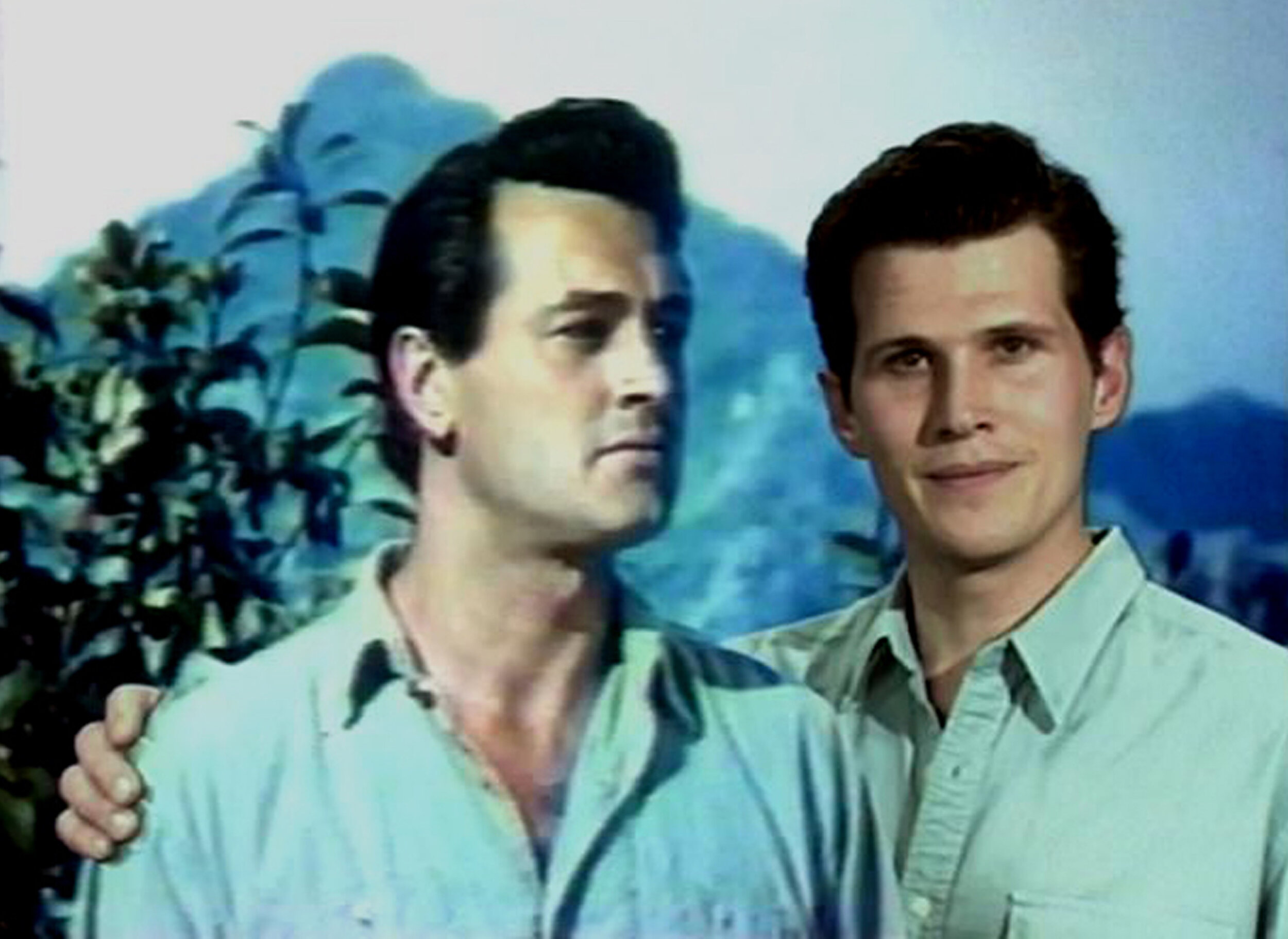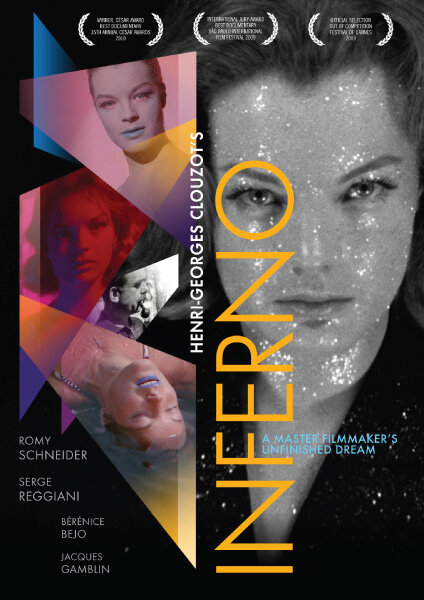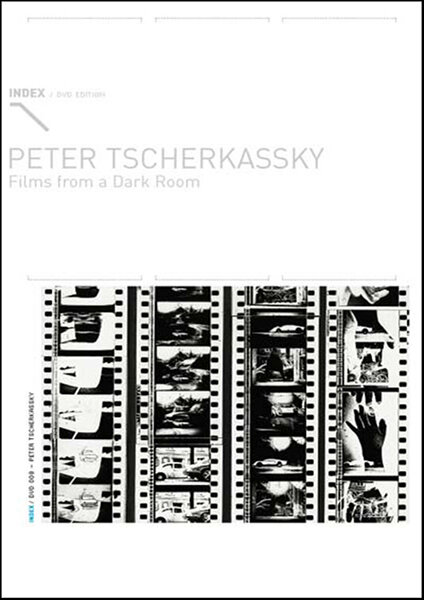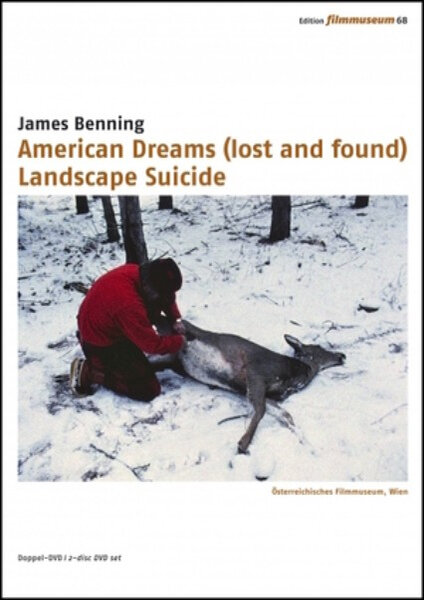GME Presents DVD Fall Flashbacks - Mark Rappaport’s Fictional Autobiographies of Rock Hudson and Jean Seberg
/Concurrent with Anthology Film Archive’s retrospective of Mozart in Love and the Cinema of Mark Rappaport, GME is pleased to announce two DVD editions of key films from this filmmaker’s oeuvre: ROCK HUDSON’S HOME MOVIES (1992) and FROM THE JOURNALS OF JEAN SEBERG (1995). Mark Rappaport has been one of the most original voices of the modern American independent cinema movement. He became especially associated with the “new narrative” filmmakers of the 1970s and 1980s, including James Benning, Yvonne Rainer, Chantal Akerman and Derek Jarman. His career has unfolded in two distinct chapters, the first consisting of experimental narratives -- radically stylized, intellectually playful, and absurdly comical tales of human interaction. Rappaport dry and sardonic wit extended into his filmmaking practice in such films as CASUAL RELATIONS (1973), LOCAL COLOR (1977), THE SCENIC ROUTE (1978), and CHAIN LETTERS (1985). In these films, Rappaport fundamentally explored the nature of interpersonal relationships, with all their coincident miscommunications and resultant alienation. These narratives are structured in episodic fashion in which successive scenes were linked by casual, rather than causal links. Writing about LOCAL COLOR, Rappaport stated that the characters “inhabit a universe of coincidence and chance.”
During the 1990’s, Rappaport developed a genre largely of his own invention, with a series of video-essays that delved into Hollywood film history and the and social culture that surrounded them. The first two of these “fictional autobiographies” were ROCK HUDSON’S HOME MOVIES (1992) and FROM THE JOURNALS OF JEAN SEBERG (1995). During a period of illness in the late 1980’s and early 1990’s, Rappaport found himself primarily bedridden. To pass the time, he watched and re-watched VHS copies of Hollywood movies on his videocassette player. The idea of creating video essays began to emerge in his consciousness from this process. Rappaport wrote that
I thought it would be interesting to put together a compilation, with some kind of minimal commentary, of scenes about art and artists as they are represented in Hollywood films…examining modes of representation in mainstream films, one of which turned out to be Rock Hudson. It seemed more urgent to do Rock Hudson because it meant dealing with gender issues, role-playing, homosexuality, and AIDS. Also, the idea of an invented ‘fictitious’ autobiography interested me. It provides a structure on which to hang a variety of different themes and still permits you to keep them cohesive.
◊
Rappaport was trained as a film editor; In ROCK HUDSON’S HOME MOVIES, he uses his montage skills to greatest advantage in brilliantly deconstructing and recombining video clips from Rock Hudson’s films in order to allow verbal and visual ambiguities and double-entendres to emerge when Hudson is paired with both female and male acting partners. Rappaport isolates many moments from Hudson’s filmography, including visual scenes of male bonding and averted gazes, sound tracks underscoring his perennial bachelor status at moments of potential lovemaking with women, and ironic parallels to Hudson’s real life in portraying impending illnesses that begin to overtake the characters that he portrays. To guide Rappaport’s narrative construction, actor Eric Farr plays a young Rock Hudson from beyond the grave; the young actor comments in self-reflexive fashion upon how these films concealed his (i.e., Rock Hudson’s) homosexuality, yet how readily it could be decoded in his body of films.
◊
Rappaport read that Jodie Foster was planning to produce and star in a film about the life of actress Jean Seberg. He wanted to beat her to the punch. (Foster’s film was never made, although a feature film SEBERG, starring Kristen Stewart, was released last December in the U.S.). Rappaport recounts that he woke up from a dream and went to a film reference book to look up the name of Mary Beth Hurt and discovered that she was born in Marshalltown, Iowa, the same city where Jean Seberg was from. Parallel to Eric Farr playing a young Rock Hudson, Mary Beth Hurt (looking strikingly like a young Jean Seberg) serves as the posthumous guiding narrator in FROM THE JOURNALS OF JEAN SEBERG.
Rappaport structures this film in loosely chronological fashion, from Seberg’s film debut in SAINT JOAN at age 17, a Hollywood star at 19 (BONJOUR TRISTESSE), a New Wave icon at 21(BREATHLESS), ensuing roles in other films such as LILITH, PAINT YOUR WAGON, and AIRPORT, and her suicide at age 40. Rappaport visually demonstrates how early on, Seberg’s direct gaze into the camera was the source of her allure, and how she soon became entrapped by her iconic star image.
FROM THE JOURNALS OF JEAN SEBERG addresses gender issues, this time from a woman’s perspective. These include Seberg’s roles ranging from virgin (SAINT JOAN) to prostitute (BIRDS OF PREY); the accursed lives of other actresses who played Joan of Arc (Marie Falconetti, Ingrid Bergman, and Alida Valli); and Seberg’s cinematic kindship with Jane Fonda and Vanessa Redgrave, who were all portrayed as fetishized objects of desire at the hands of their husband-directors. The film detours into aesthetic concerns and political issues as well, ranging from Kuleshev’s associative montage theories to Seberg’s friendship with the Black Panthers and her surveillance by J. Edgar Hoover of the FBI.
With both these films, Rappaport succeeds in elevating the technique of the collage film to a new level of artistry, extending beyond the work of master practitioners of the genre such as Bruce Conner, Gustav Deutsch, and Peter Tscherkassky. In combining found footage with performance, and biography with fictional constructs, Rappaport also transforms the biopic genre into a form that is distinctly his own. These achievements are further demonstrated by the bonus material offered collectively on both of the DVD editions: Rappaport’s short form fictional biopics of stars John Garfield, Debra Paget, and Anita Ekberg, along with a treatise on Sergei Eisenstein and an early short from 1971 entitled BLUE STREAK. Rappaport himself narrates JOHN GARFIELD (2003). In 9 minutes of concisely edited clips from Garfield’s films, the filmmaker brilliantly and incisively links the actor’s screen persona with his personal identity: as a tough guy yet also a sensitive man, as an outsider trying to fit in, and as an individual with a social conscience. These DVD editions are accompanied by booklets comprised of essays by Rappaport about his filmmaking process and these films, as well as an interview with Jonathan Rosenbaum and a critical analysis of ROCK HUDSON’S HOME MOVIES by scholar Jeffrey Skoller.
◊
Related Films of Interest Available from GME:









